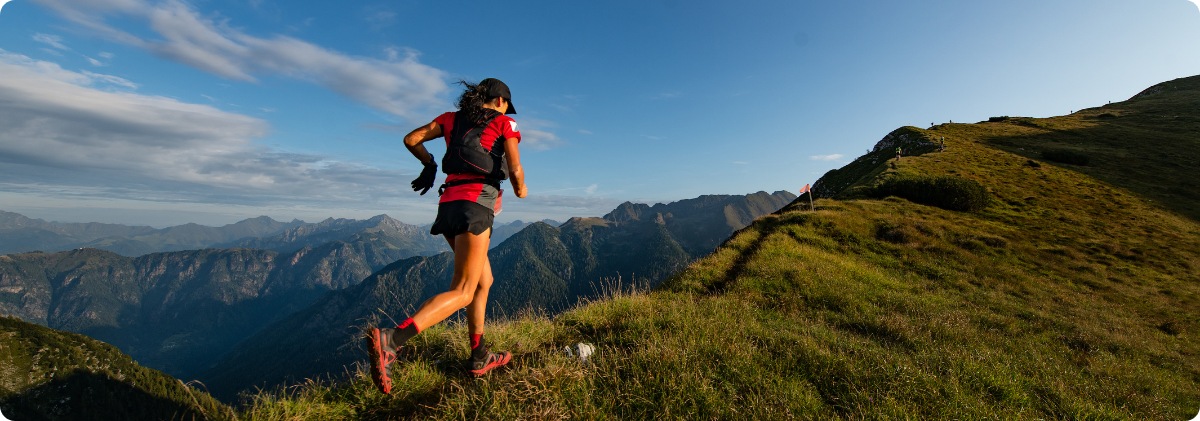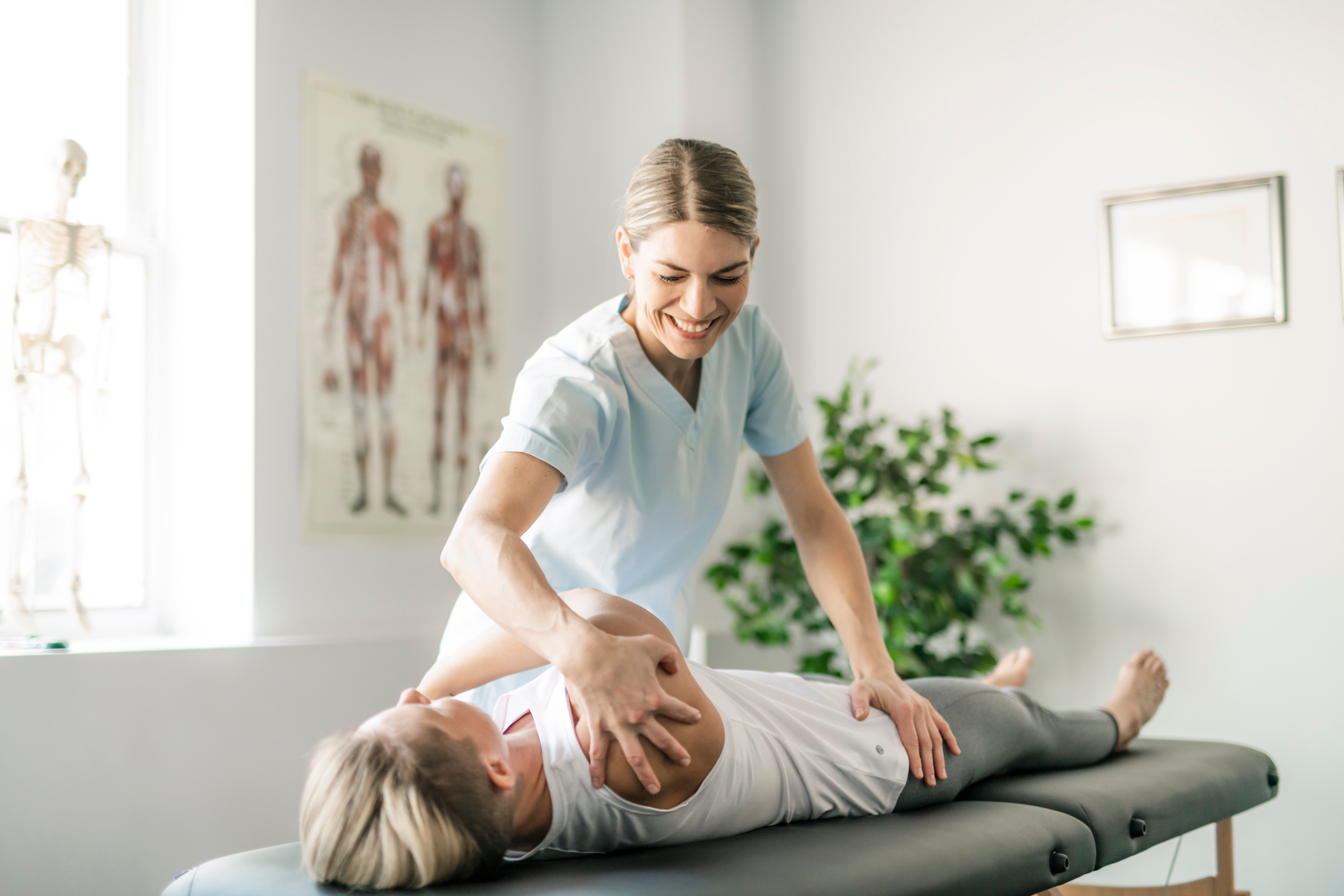The patient information leaflet is a document provided to support understanding of the implant. While it does not replace medical advice, the leaflet is designed to complement discussions with the treating surgeon and help patients feel informed about their treatment journey.


This dedicated space provides patients with clear and essential information regarding our medical solutions Each Patient Information Leaflet document has been carefully prepared to meet regulatory standards, with the aim of supporting patient understanding, safety, and confidence throughout their healthcare journey.
A Patient Information Leaflet (PIL) for medical devices, particularly orthopedic implants, is a document that provides patients with clear and accessible information about the implant they are receiving. It includes details about the purpose of the device, how it works, potential risks and benefits, care and maintenance instructions, and what to expect before and after surgery. The leaflet helps patients understand their treatment, make informed decisions, and ensure the safe and effective use of the implant.
You can find the Patient Information Leaflets organized by indication and implant specifications, categorized by region and country for your convenience. This document is likely to be amended over the course of time and you may find the current applicable version hereafter.

You can find the previous version of the Patient Information Leaflet document under the History tab.
Please contact us, we look forward to receiving your message!
Movmedix is a leading orthopedic medical device manufacturer in sports medicine with innovative solutions that empower surgeons and enhance patient outcomes.
Movmedix
5 rue de la Fontaine,
21560 Arc-sur-Tile
FRANCE
Tel: +33 (3) 80 37 26 60
Movmedix
5 rue de la Fontaine,
21560 Arc-sur-Tile
FRANCE
Tel: +33 (3) 80 37 26 60